How To Make Sauerkraut
As an Amazon Associate I earn from qualifying purchases.
Follow my easy step-step guide to learn how to make sauerkraut at home with just 2 ingredients. I cannot get enough of this tangy cabbage condiment.
In this post you’ll learn:
- How to make sauerkraut at home with no special equipment and only two ingredients.
- The health benefits of sauerkraut.
- The best equipment to get if you want to make larger quantities.
I love sauerkraut. It is one of my favorite things in the world and the better the sauerkraut, the more I love it. I’ll eat canned kraut from a store (Aldi brand is the absolute best as far as canned goes) but the cold bagged kind in the deli (such as Boar’s Head brand) is much better than canned.
However, homemade sauerkraut absolutely wins out over any and all sauerkraut that you could ever find on a grocery store shelf. Truly. It is night and day in terms of quality and flavor. So if you love sauerkraut as much as I do, today I am going to show you one of the most simplified ways of making it, with some tips and tricks at the end in case you want to go pro.
All you need is shredded cabbage, kosher salt, and a little bit of patience to make my . Let’s get into it and learn how to make sauerkraut a home!
Recipe Ingredients
- Cabbage
- Salt
How to Make Sauerkraut
Dump your fresh cabbage and salt into a large bowl.
Now you want to take your hands and squeeze and mix all of this together, bruising the cabbage as much as you can to help draw out the juices.
The salt will help a lot with this as well. I am using gloves on my hands but you don’t have to, just make sure your hands are really clean.
This is what it looks like after I’ve squeezed and mixed it up for a few minutes with my hands.
Now cover that and let it sit for about 10 minutes.
During that time the salt will draw a lot more liquid out of the cabbage. This is creating our brine in which the cabbage is going to ferment.
After 10 minutes you can see that it has lost even more volume.
It is always amazing how you can start with what you think is a large quantity of cabbage and be doing good to end up with a mason jar of sauerkraut.
Using a jar funnel, pack the cabbage down into a mason jar (I am using a large mouth quart jar).
Pack it as tight as you can, trying to get the cabbage submerged in the salt water it has wept.
Let that sit for the rest of the day.
You should end up with enough liquid to cover your cabbage, as you can see in this photo. If by the next day you still don’t have enough, you can add a little bit of water to make up the difference.
Leave your sitting out on your countertop or in a cool place (between 65 and 72 degrees is best if possible) and let it for 1 to 3 weeks.
The importance of venting the sauerkraut
Now you need to know that a LOT of gas is going to build up during this . During the first week, I open the lid each morning and each evening and then put it back on to allow the gas to escape. After that week I do it about once a day.
Over time your sauerkraut will begin to develop its taste, which only gets better the more time goes on. I generally put mine in the fridge and start eating it after 2 weeks but you can leave it out another week if you like or put it in the fridge in as little as 3 to 4 days if you want a very mild taste, which is absolutely not my preference. I like a deeper, richer, more fermented cabbage that tends to show up around the 2-week mark.
Storage
Store your sauerkraut in the fridge for several months (we’re talking 6 months, although I doubt it will last that long).
Recipe Notes
- I like to use kosher or sea salt but you can also use Himalayan salt. Just don’t use iodized salt because the iodine has been known to inhibit fermenting.
- Try to keep your cabbage pushed down beneath the salt water level. They sell weights on Amazon for this (click here to see them) but I have never used them. You can also use a regular mouth 4-ounce jelly jar to help weigh the cabbage down or even a zipper seal bag sealed shut with water inside, but again, I’ve never had a need myself. I just push it down once a day, with a clean wooden spoon, during the . I’m perhaps overly cautious not to touch it with my bare hands as I don’t want to disturb all of the happy bacteria that are being born.
- For added flavor, you can add a couple of tablespoons of shredded fresh ginger and minced garlic cloves to the kraut. Other dried herbs and spices to add include 1 tablespoon each of caraway seed, dill seed, and/or mustard seed.
- You can also add 2 to 3 grated carrots to this fermented sauerkraut recipe.
Recipe FAQs
What are the health benefits of sauerkraut?
There are a LOT of health benefits to eating sauerkraut and other fermented food. Specifically, sauerkraut is high in fiber, vitamins C, A, K, and B. It’s also a good source of iron, copper, magnesium, calcium, and manganese.
Sauerkraut also contains a lot of great living and highly concentrated probiotics which serve countless purposes in your digestive system.
What’s the best salt to cabbage ratio for sauerkraut?
Generally, you want a heaping tablespoon of salt per 2 pounds of cabbage. If you are thinking it will taste salty, it really doesn’t. It will be the first few days but it isn’t sauerkraut yet at that point. The more it ages the less salty it becomes and a whole other flavor of wonderful develops in its place.
However, if you end up with it too salty for your taste once it is done, the preferable method of dealing with that is to add a little additional water to the brine rather than pouring the brine out because so much goodness is in that.
What happens if I forget to vent my homemade sauerkraut?
If you forget to vent for a day or two, the best thing to do is place your jar in a plastic grocery bag, close the bag up around it a bit, then open the lid. There will likely be some spewing as the gases escape but the bag will catch it all. Once the jar is open, close it again and rinse it off. No biggie.
I should let you know that they sell these little airlock things (look up on Amazon), which fit on mason jars to help vent the gases but I’ve never had the need because I only do small batches in mason jars and it is no trouble to vent the jar once or twice a day.
What is a fermenting pot?
If you want to get into fermenting larger quantities of sauerkraut and other veggies (check out my homemade kimchi recipe here), you might want to invest in a fermenting pot. You can find them on Amazon, along with the weights mentioned above.
My fermenting pot has a special well around the top that you can pour water in to seal the pot, but still allow gases to escape as they are formed so there is no need to vent the pot each day as we do with mason jars. This helps protect against spoilage as well and allows you to leave your fermenting alone for the most part until it is ready, as long as you check the water level on your seal from time to time.
What’s the main ingredient in sauerkraut?
The main ingredient is shredded green cabbage. However, for something different you can use red cabbage or napa cabbage instead.
Can I freeze sauerkraut?
You can freeze sauerkraut but I don’t recommend it, as it kills all those probiotics and beneficial bacteria you’ve worked to create. Luckily, it will last for months in the fridge, so there’s no need for freezing.
How do you serve sauerkraut?
Sauerkraut is a great topping to add to salad, burgers, wraps, hot dogs, or sandwiches. Add it to a classic Reuben sandwich, hot dog chili, meatloaf burgers (with burger slaw), or potato salad.
Check out these other pickles and relishes:
Chow Chow Recipe (Southern Relish)
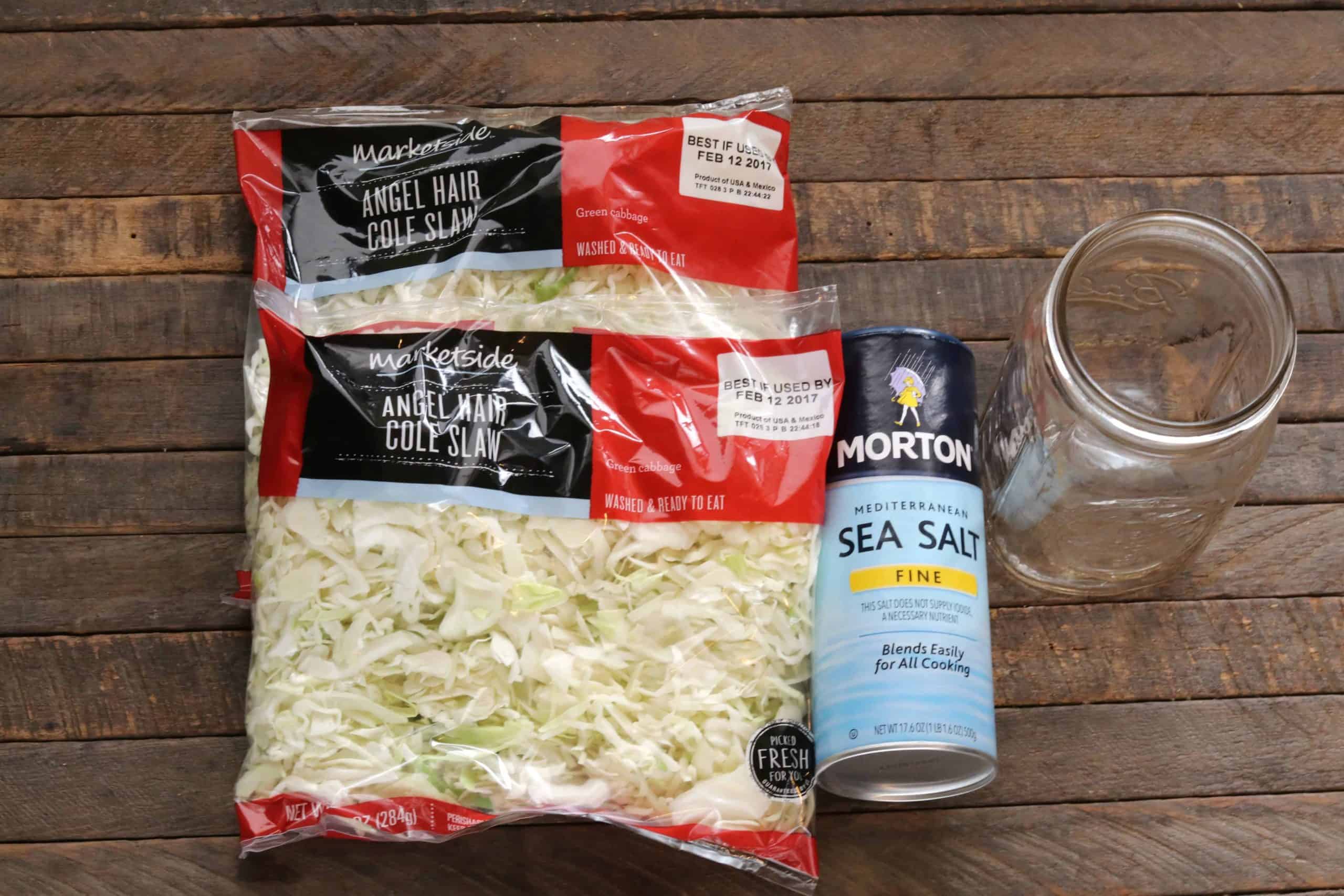
Ingredients
- 1.5-2 pounds shredded cabbage
- 1 tablespoon kosher salt
Instructions
- Place shredded cabbage in a large bowl. Sprinkle salt over. With very clean hands (or using gloves) squeeze and mix cabbage and salt for several minutes, until it decreases in volume and starts producing juices.1.5-2 pounds shredded cabbage, 1 tablespoon kosher salt
- Cover and let it sit for 10 minutes.
- Pack the cabbage into a mason jar, pressing down as much as possible. Cover and let it sit for a day.
- Check to see if there is enough liquid to cover the cabbage. If so, open the lid and press down until the cabbage is submerged. If not, add a little more water so that there is enough to cover. Press cabbage down to submerge. Cover with lid once more.
- For the next week, open the lid in the morning and evening to release pressure and then immediately close it again. After the first week, once per day should be enough.
- You can begin testing the flavor of the sauerkraut after one week. Once it reaches your desired depth of flavor it is ready to place in the refrigerator and start eating. Store in the refrigerator for several months. I prefer to leave mine out for two weeks before refrigerating.
Nutrition

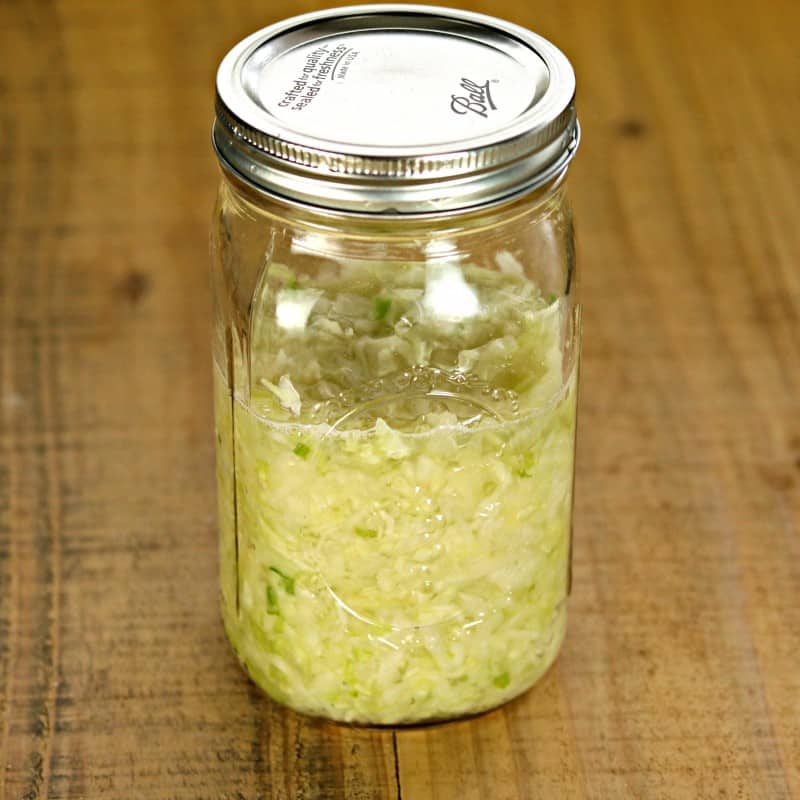
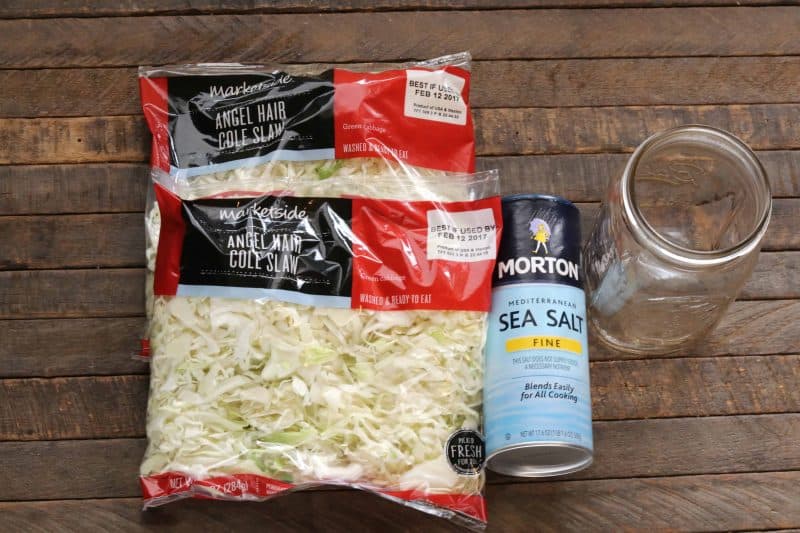
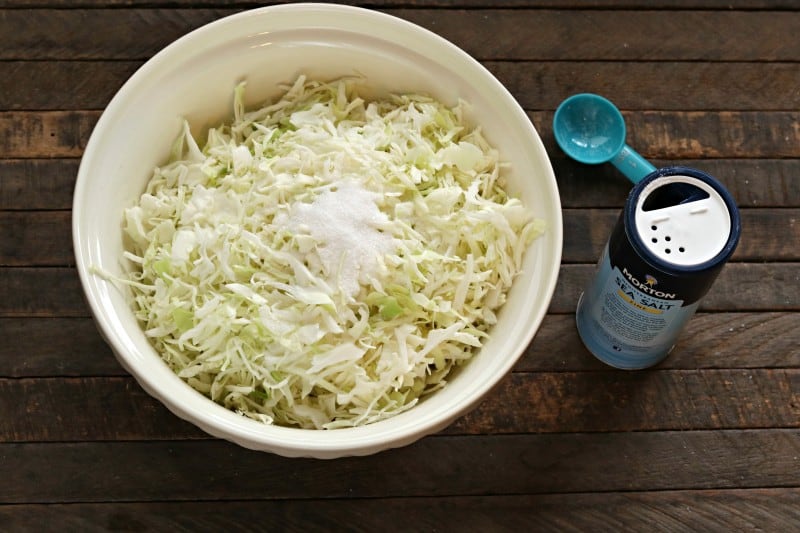
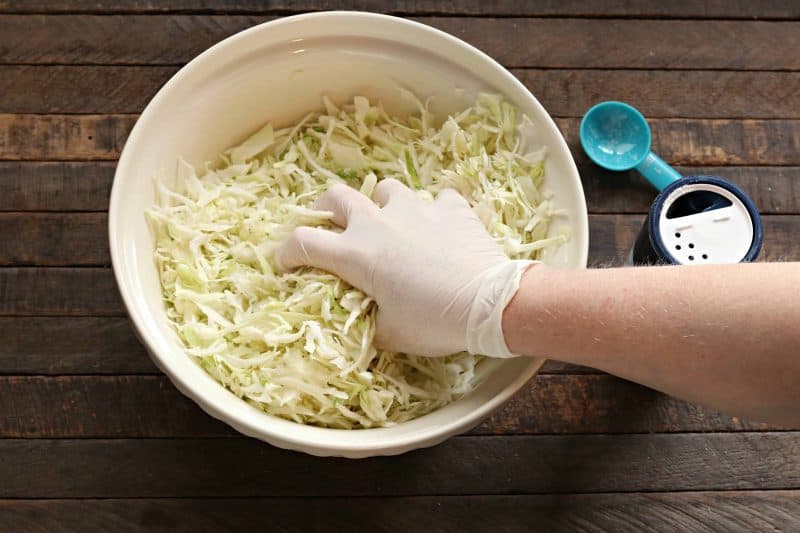
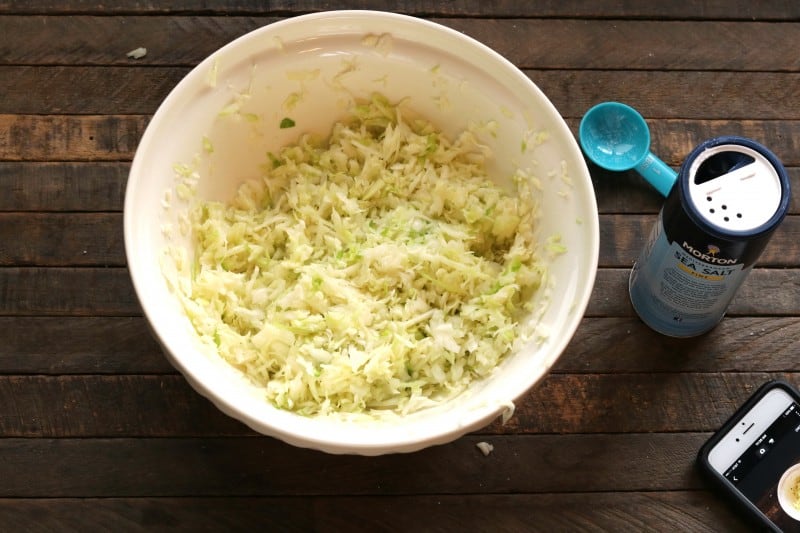
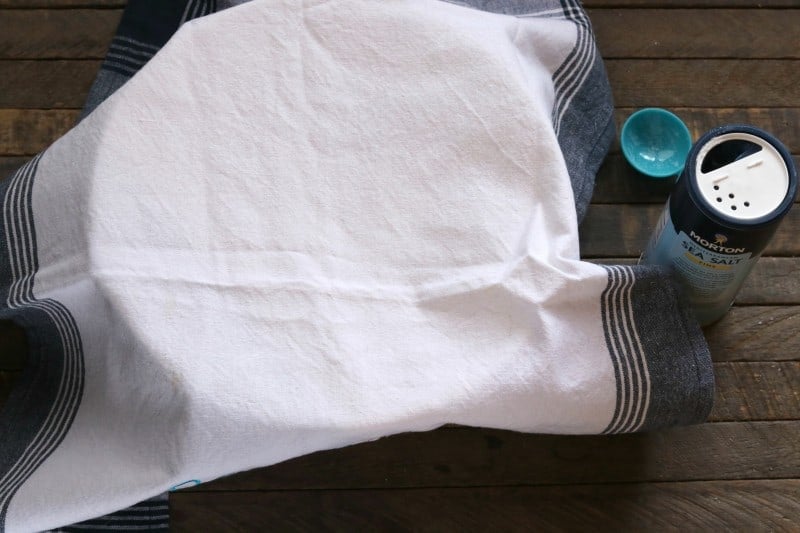
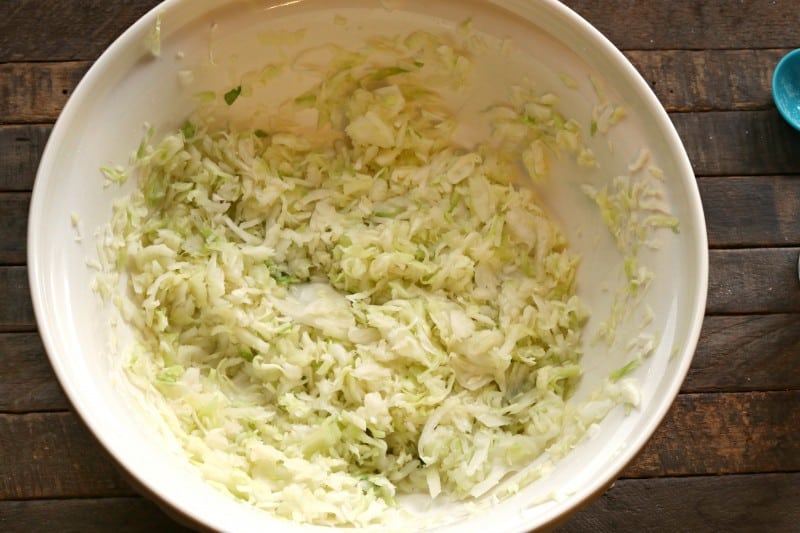





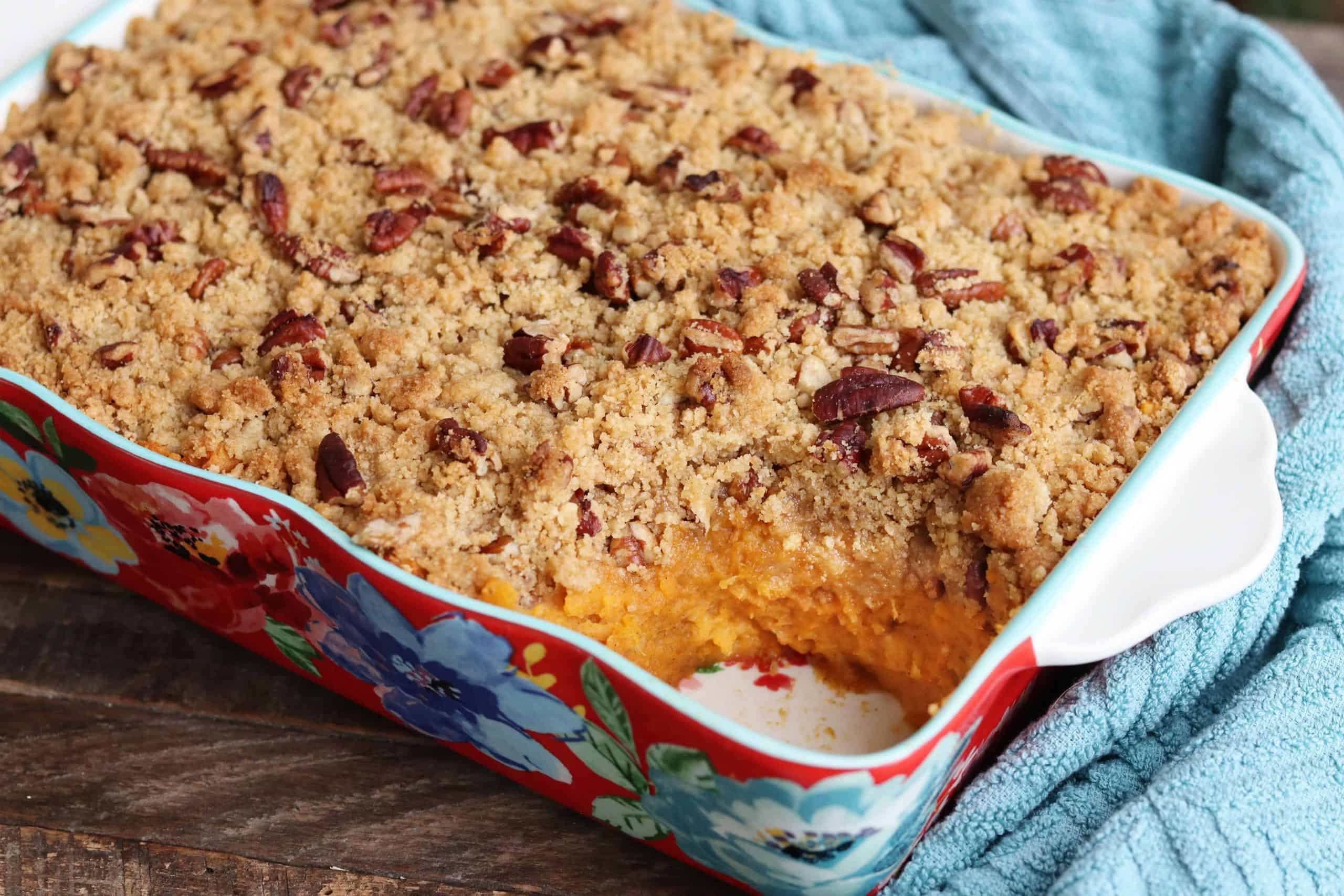
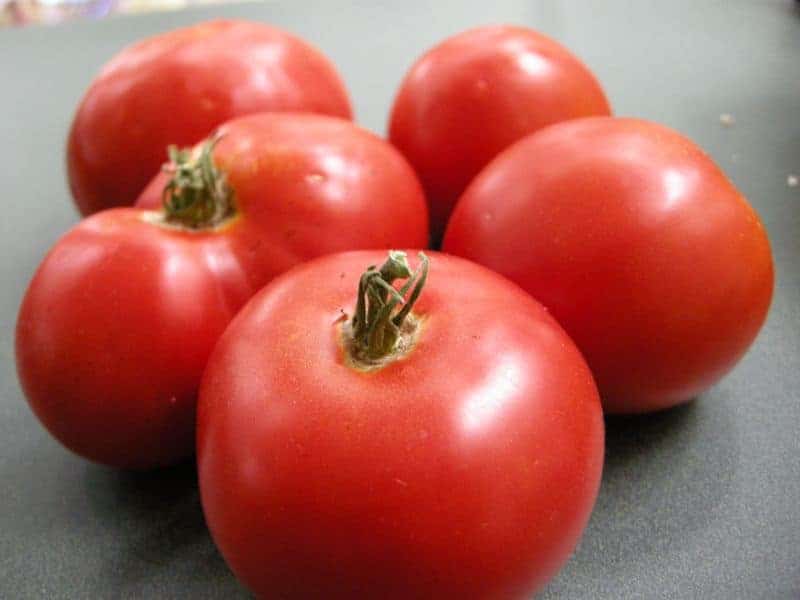
Oh my, I remember my grandma and dad making sauerkraut. My sister and I would sneak down to the cellar and reach down in that crock and eat it. Also, dill pickles in a crock. We loved it. My dad made it in a big crock and I can remember him pounding it down with his fists. So good. I am going to make some of this homemade one for me. Thank you.
Hi Christy,
Thanks for this article. However, there were no photos of the fermenting pot you referred to. I came back twice to see if I missed it, but it’s just not there. Can you please direct me? I see others had the same problem locating it. Thanks so much.
Not sure why crock photos aren’t showing up here for some of us but nothing a quick google search can’t fix! Pretty sure I found it – it’s the Humble House Sauerkrock (krock with a “k” not a “c”) on Amazon. I think we’re going to take the plunge and buy one because mason jars are just not cutting it for us anymore. Great post Christy!
THANKS, Christy! I’m ready to get into this! But I have a few questions if you don’t mind:
1. After you’ve fermented for as long as you wish, do you transfer the SK into another vessel, and if so what kind, or do you just move the mason jar to the fridge?
2. Once in the cooler, do you still have to vent it from time to time, or does the cold stop the fermenting?
3. After the kraut has left the jar or other vessel (been eaten), what do you do with the liquid left behind — can you use it to jump-start another batch — or does it go down the drain?
4. And finally (whew – sorry about so many Q’s), can you vacuum seal the SK in mason jars and store in a pantry?
If I haven’t scared you off with so many questions, I thank you for letting me know MORE about what happens AFTER making it? .
No worries! Questions are great!
1. I just put the jar in the fridge. If I’ve made it in my fermenting crock, I transfer it to jars and then refrigerate.
2. No venting needed once in the fridge, just eat it from time to time 🙂
3. I don’t do anything else with the liquid as there usually isn’t much left by the time I’m done eating it.
4. If you wanted to store this at room temperature safely long term you’d need to can it in a water bath. I don’t have exact times handy but I do have water bath canning tutorials on the site. Be very careful about all of the people on the internet who say you don’t have to go through proper canning methods to preserve food at room temp. They mean well but their well intentions and lack of sense can get you and your family killed, like, seriously. Sorry to be so serious there at the end! lol I just studied scientific food preservation and food born illness in college and seeing the level of irresponsibility with regards to this on the internet concerns me. If you decide you want to water bath can it let me know and I’ll get you times. Also, it will keep for months and months in the fridge.
I appreciate the questions, Dale, and hope you have a GREAT Weekend!
Thank you very much! And enjoy your weekend(s) as well!
Update:
Made my first mess (little bits of cabbage everywhere because I forgot to buy shredded and started with a whole head) of sauerkraut and got it in a mason jar.
I believe the original recipe (says 2 ingredients) should be 3 ingredients, the third one being “time.” I can see now that the hardest part of this simple recipe is the waiting… and waiting.
First time I’ve shredded cabbage — I’ll get better.
I’m gonna try to hold out for 3 weeks before I taste my first batch!
My mama used to make something for my daddy that he called “sour stuff.” It was cabbage, corn, and green beans. I’m guessing it was fermented because it was truly sour. Daddy and I were the only ones who would eat it. Mama and Daddy are both gone now, and nobody I’ve asked has ever heard of it. Have any of ya’ll ever heard of this?
My husband made some last year but it was bland. Not “sauer” enough.
I picked up my Mason jars and cabbage today. Giving this a try 🙂
It’s funny that we are talking about making sauerkraut as we just returned from a store that caters to the Amish here in Ohio called Lehmanns. We purchased a wooden masher and some wooden lids for our crocks that we ordered online and picked up from Ace Hardware. We also have the weights. I made a very small batch of sauerkraut last year and it turned out great. My husband thinks you have to have all the “extras” to make sauerkraut as his attempts with a crock, plate and a brick didn’t turn out well.
My husband loves Kimchi and the little Korean lady who owns a Carryout store down the street will occasionally give him some in exchange for veggies from our garden.
Christy, you are a God send for so many reasons. Spiritually you herd us like lost sheep in a crazy world to get back to finding comfort in the bible. I love your tutorials on how to cook and bake and encouragement to try those recipes that our grandmothers used to make.
Please show us how to bake on an open fire outside with cast iron pans. I am getting into dehydrating and vacuum packing. Can you share any ideas regarding this? I love the dehydration of hamburg that you did. Looking for a way to vacuum pack without electricity. Was hoping to find something at the Amish store that was a hand cranking device.
Love you Kristy and your good, Godly heart.